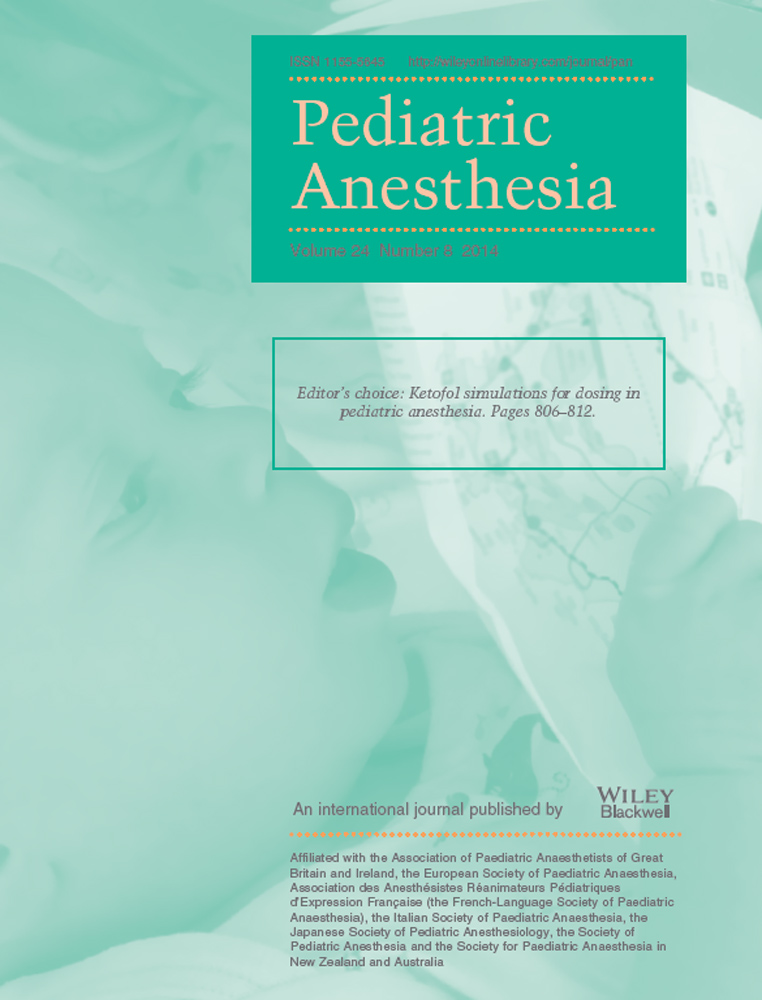Neonatal intubation with direct laryngoscopy vs videolaryngoscopy: an extremely premature baboon model
Summary
Objective
To compare the ability to successfully intubate extremely preterm baboons using conventional direct laryngoscopy (DL) vs videolaryngoscopy.
Methods
A prospective randomized crossover study using experienced and inexperienced neonatal intubators. All participants were shown an educational video on intubation with each device, followed by attempt of the procedure. The time for successful intubation was the primary outcome.
Results
Seven subjects comprised the experienced group, while 10 individuals were in the inexperienced group. The overall intubation success rate was comparable between both devices (53% vs 26%, P = 0.09); however, mean time to intubate with the conventional laryngoscope was faster (25.5 vs 39.4 s, P = 0.02). Although both groups intubated faster with DL, it only reached statistical significance in the inexperienced group (27.0 vs 48.7 s, P < 0.05).
Conclusion
Conventional DL and videolaryngoscopy are suitable modes for intubating extremely preterm baboons. Although experienced intubators prefer DL, intubation success rate and time to intubate with both devices were comparable. In inexperienced intubators, participants preferred and intubated faster with DL.




